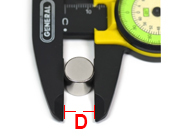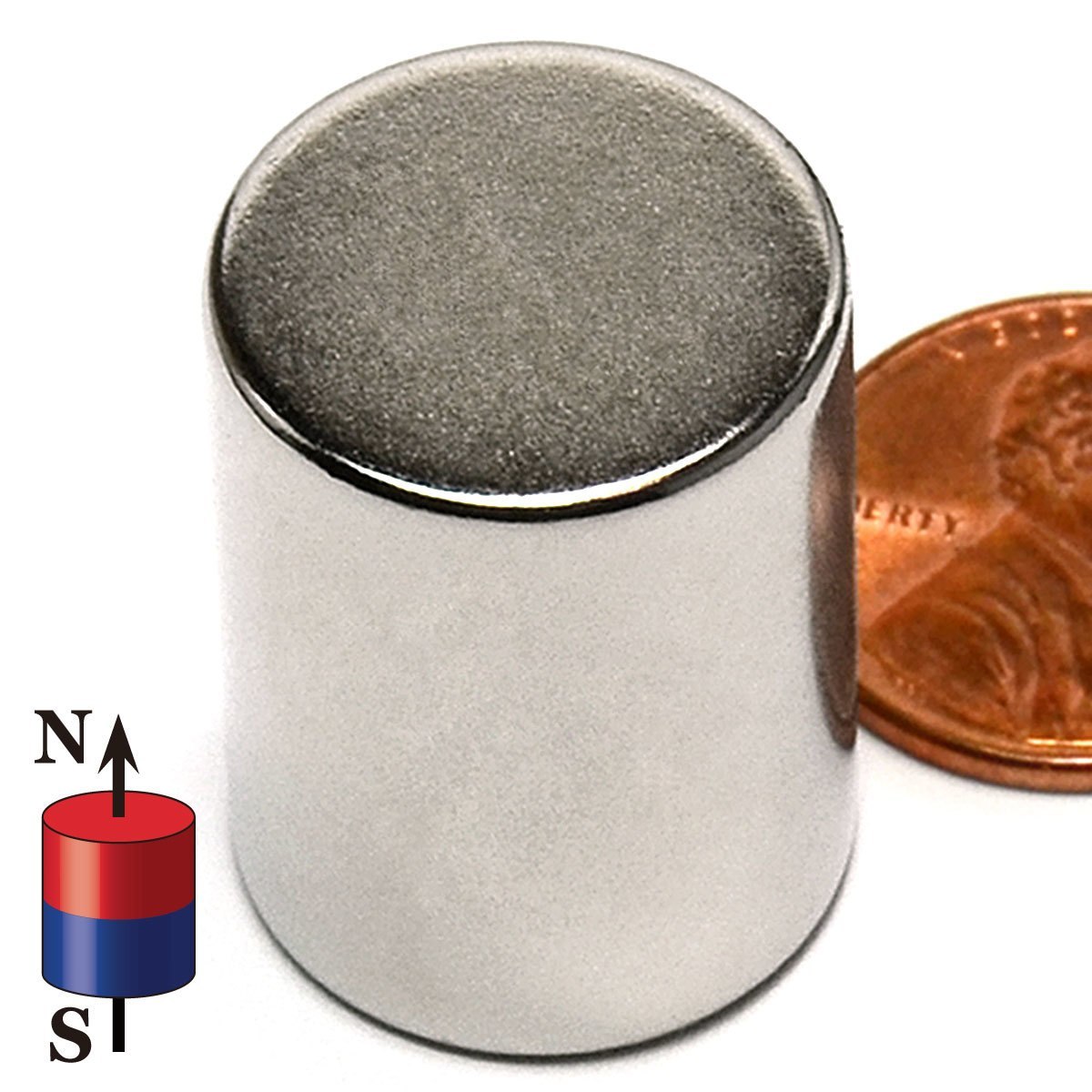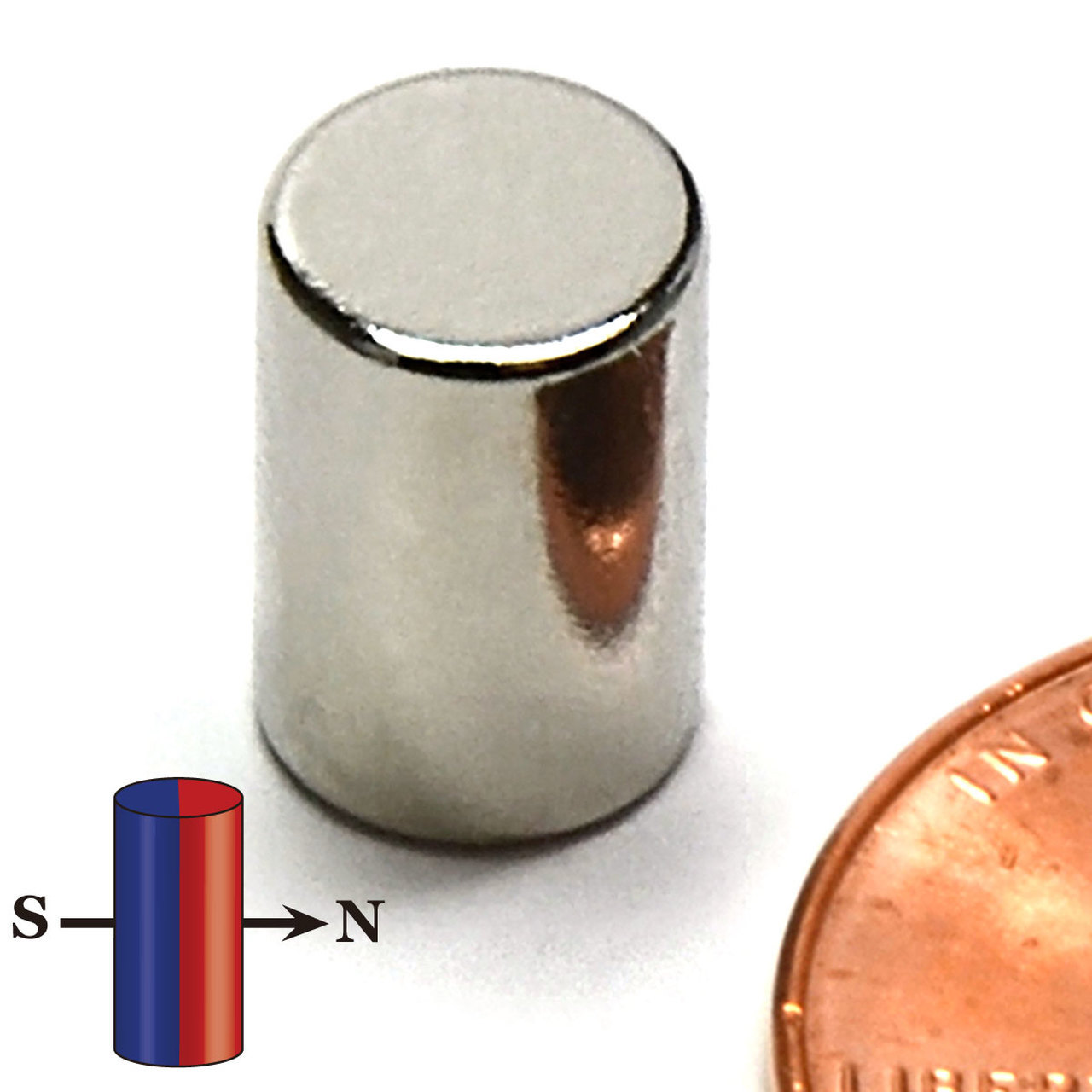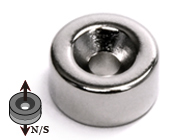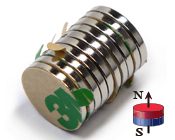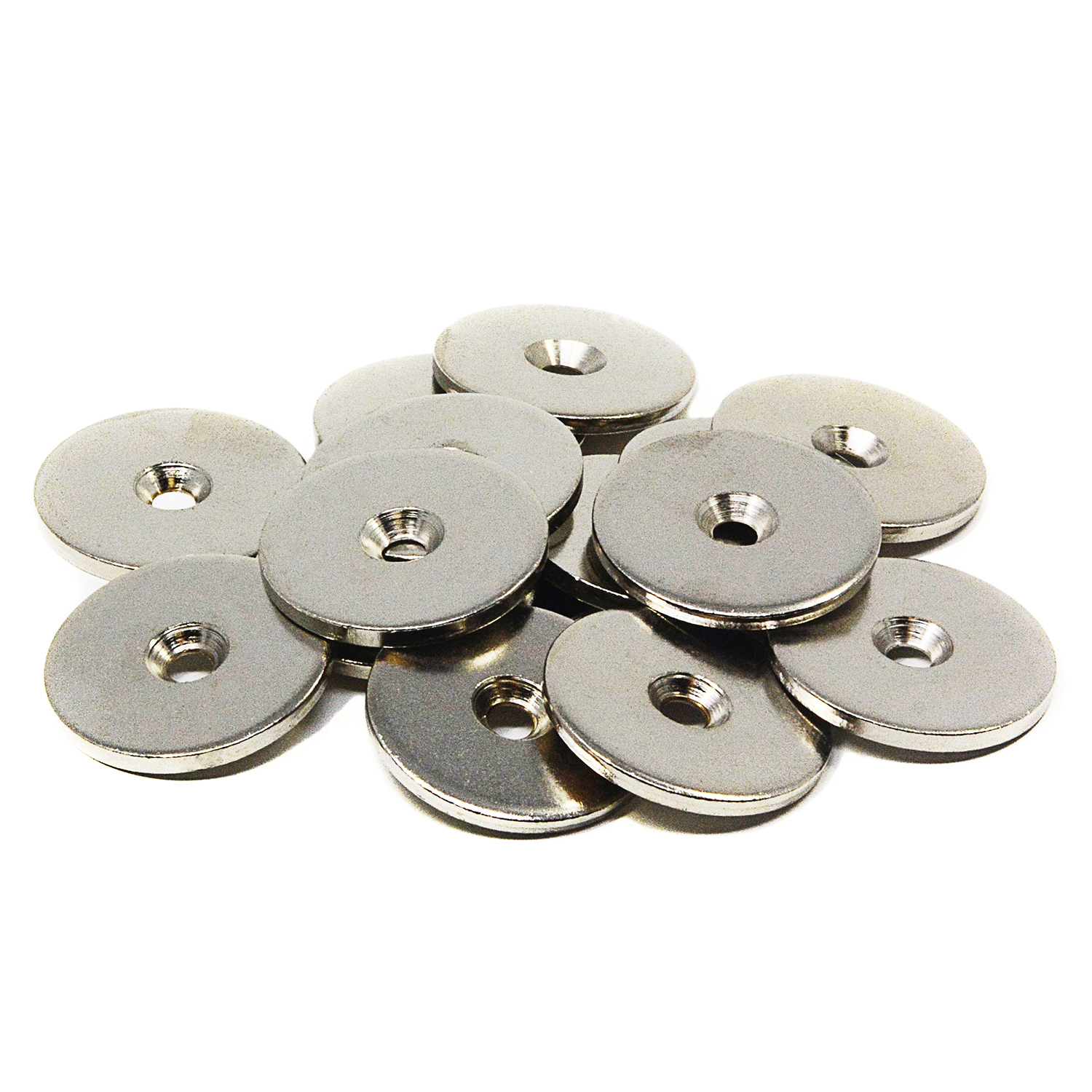Shop By Category
Shop By Brand
Shop By Brand
DISC Magnets
Neodymium Disc Magnets - NdFeB Rare Earth Magnets
Neodymium disc magnets, often referred to as rare earth disc magnets, are highly coveted for their exceptional strength and versatile applications. These ndfeb disc magnets are the epitome of high performance, offering a perfect blend of power and functionality. They are designed to meet the varying needs of both small and large-scale applications, making them ideal for a wide array of industries.
The comprehensive range of neodymium disc magnets we offer comes in an extensive array of sizes. These small disc magnets are perfect for compact applications, starting from a minimal diameter of 1/8". For more robust requirements, our large disc magnets are available, reaching up to an impressive 4" in diameter. For those with specialized needs, we also provide customization options, with disc magnets as large as 8" available upon request.
Our selection of over 400 neodymium disc magnets ensures that we can cater to a diverse set of applications, making us a one-stop-shop for all your magnet needs. Whether you require axially or diametrically magnetized magnets, our range has got you covered. These strong disc magnets boast remarkable magnetic properties, with remanences that span from 11,500 to 14,400 Gauss. Furthermore, their Maximum Energy Product values range from 35 to 52 MGOe, highlighting their superior magnetic strength.
Each of these earth disc magnets is coated with top-notch materials such as Ni+Cu+Ni, epoxy, plastics, or rubber. This not only enhances their durability but also ensures they can withstand various environmental conditions. Moreover, our neodymium disc magnets are designed with tight tolerances of +/- 0.002”, ensuring precision in various applications, a key feature for industries that demand exactitude.
Our product line also includes specialized variants like countersunk disc magnets and adhesive magnetic discs. These additions expand the versatility of our magnets, making them suitable for a myriad of industrial, commercial, and creative endeavors. Whether you are looking for a reliable solution for your engineering projects, creative applications, or commercial uses, our wide selection of neodymium disc magnets is sure to provide an effective and efficient solution.
In conclusion, our range of neodymium disc magnets offers unparalleled strength, precision, and versatility. With a variety that caters to both small and large disc magnets, and the option to customize for unique requirements, we are confident in providing the perfect magnetic solution for any application. Discover the power and reliability of our rare earth disc magnets today!



